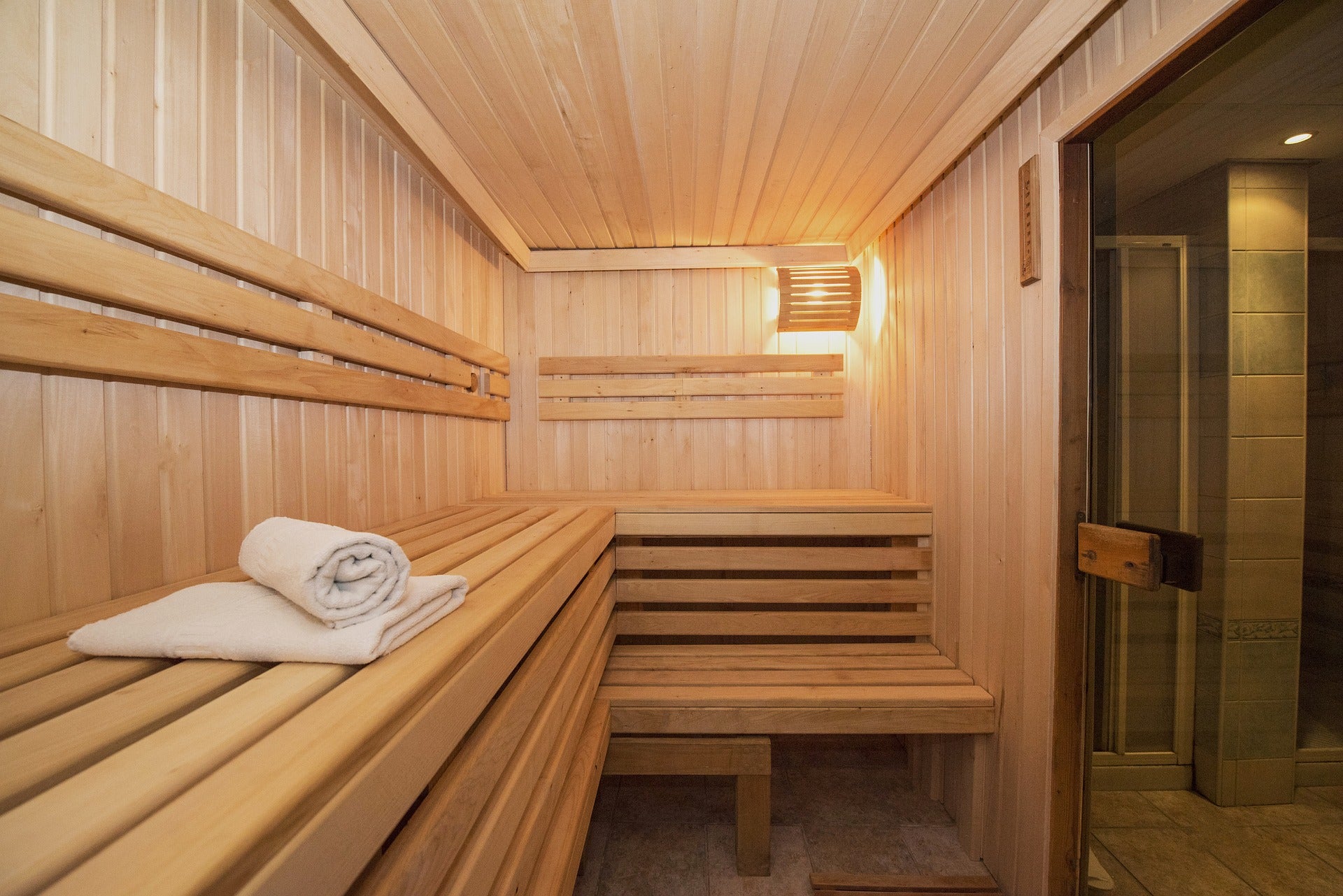The Ultimate Guide To Traditional Sauna
The Ultimate Guide To Traditional Sauna
Blog Article
The Of Traditional Sauna
Table of ContentsThe Ultimate Guide To Traditional SaunaThe Main Principles Of Traditional Sauna Things about Traditional SaunaThe Ultimate Guide To Traditional SaunaFascination About Traditional Sauna
The majority of the weight shed in a sauna is water loss and is re-gained upon rehydrating. Nonetheless, without an uncertainty sauna can be a vital part of a healthy and balanced weight-loss program. To consider the distinctions in between typical and IR saunas, I will certainly divide these into verifiable, theoretical, and fabricated differences.Thus, the hottest point in the saunawhich is at the ceiling directly over the sauna heateris usually in between 185 and 190 F. Claims that a standard sauna goes beyond 200 F is merely not true and not applicable for electric saunas marketed in the United States. The temperature for a far-infrared sauna is normally set in between 120 and 140 F; however, unlike the conventional sauna, the goal in and IR room is not to achieve a high temperature.

When a traditional sauna has actually been properly heated up, the sauna walls are cozy, the air temperature level has accomplished set temperature and the rocks are super heated. As a fascinating side note, the heated wall surfaces and the rocks are discharging far-infrared warmth, incorporated with the warmed air, to create an "covering heat".
Unknown Facts About Traditional Sauna
When the heat is accomplished, the elements cycle on and off to keep the high temperature. Many standard sauna users take pleasure in putting water over the rocks to create heavy steam to increase sauna humidity levels. The advantages of putting water over the rocks include: making the area much more comfy, dampening the nasal flows, and permitting the usage of aromatherapy by mixing crucial oils with the water.

When the energy gets in the body, it triggers the body temperature to boost and eventually causes sweat. In an infrared sauna it is necessary for the emitters/heaters to remain on practically regularly. Because there is no mass of rocks to keep warmth, the sauna will cool down if the emitters turned off.
Traditional Sauna - An Overview
As stated over, the sauna bather in an infrared room desires to position himself before running emitters to get optimal gain from the warm. The heating time for the 2 spaces can be very various, depending upon how the areas are used. For a traditional sauna, a bather must allow 30-40 mins for the room to attain a desired temperature level additional reading and to appropriately pre-heat the rocks.

A well built sauna will typically achieve a temperature level of 150-160 F in about 30-40 minutes (Traditional Sauna). For hotter temperature levels, the area may require to heat for a longer period. As soon as the space achieves set temperature level, the heating system will certainly cycle on and off, normally running about 50% of the time. The protected walls and the warmed rocks will certainly keep the space warm and at steady temperature levels.
To some, 15 minutes was "thrown away" while the infrared energy heated the wood panels rather than heating a body, while others locate a pre-heated room to be more comfy and think a raised starting temperature is needed to start perspiring. The length of suggested usage for every area is around the same (10-15 minutes per session); however, due to the lower air temperatures and the capability to feel the effects of infrared warm much faster than a typical sauna, it is not unusual for an individual to invest an overall of 20-30 mins in an infrared sauna.
The Definitive Guide for Traditional Sauna

The typical price per kWH of electrical energy in the U.S. is around $0.11, so a 4.5 kW heater will cost around $.50 to compete one hour, if the heating unit runs continually for one hour. Generally a sauna heating unit will run for 75% of the initial hour and 50% of succeeding hours on considering that the elements cycle once the set temperature level is attained.
A two person far-infrared room is normally literally smaller sized than a conventional sauna, frequently regarding 4' x 4' or smaller sized. The IR heating unit is generally try this site 1.5-1.7 kW making use of a 120 volt 15 amp plug-in solution. Since the room can be used earlier than a sauna room, we will certainly think the area is utilized for to of an hour including warm up time.
There is a rarely reviewed distinction in the social experience in between the 2 areas. While our society has lost some of the social benefit of the traditional sauna experience, it can be extremely socially fulfilling (Traditional Sauna). From family members time in the sauna, to heart-felt discussions with better halves, to sauna partiesthe typical sauna experience can lead to intimate socializing
Not known Details About Traditional Sauna
The majority of higher end infrared areas include colored light treatment, noise systems and full-glass fronts.
Report this page